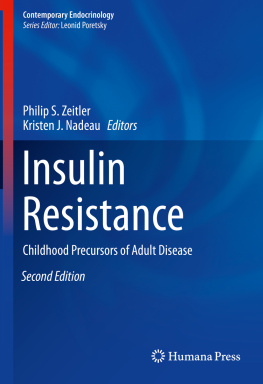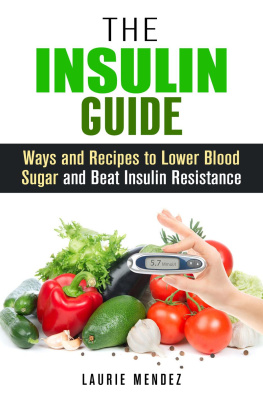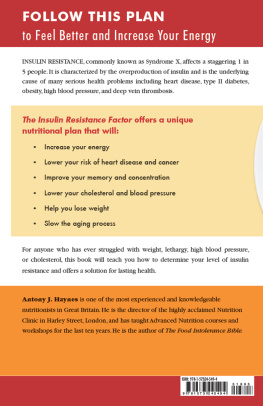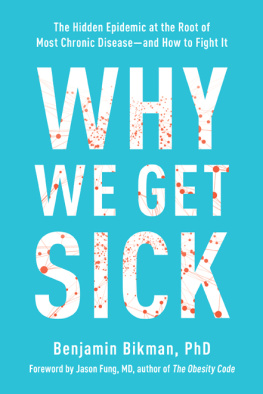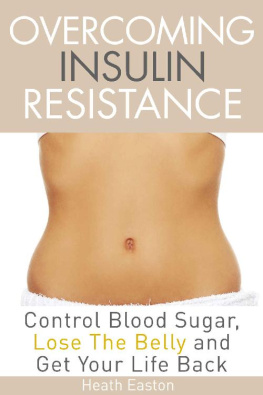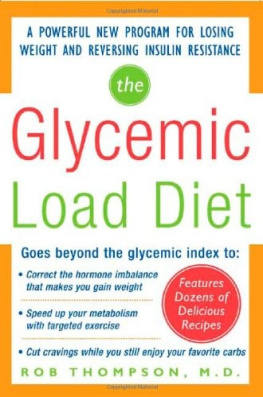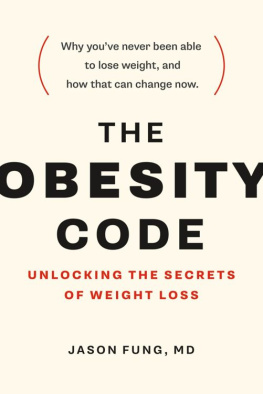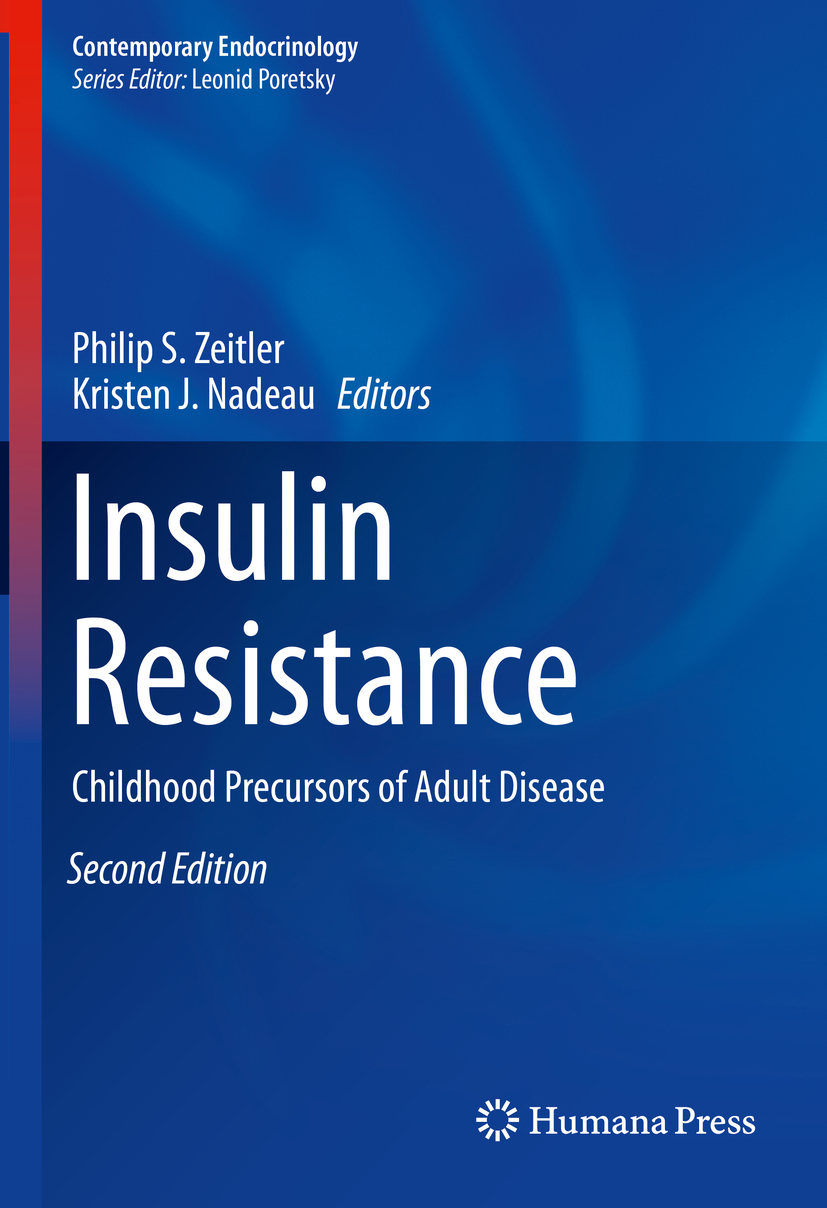Editors
Philip S. Zeitler
Section of Pediatric Endocrinology, Childrens Hospital Colorado, Aurora, CO, USA
Kristen J. Nadeau
Department of Pediatrics, Childrens Hospital Colorado, Aurora, CO, USA
ISSN 2523-3785 e-ISSN 2523-3793
Contemporary Endocrinology
ISBN 978-3-030-25055-3 e-ISBN 978-3-030-25057-7
https://doi.org/10.1007/978-3-030-25057-7
Springer Nature Switzerland AG 2020
This work is subject to copyright. All rights are reserved by the Publisher, whether the whole or part of the material is concerned, specifically the rights of translation, reprinting, reuse of illustrations, recitation, broadcasting, reproduction on microfilms or in any other physical way, and transmission or information storage and retrieval, electronic adaptation, computer software, or by similar or dissimilar methodology now known or hereafter developed.
The use of general descriptive names, registered names, trademarks, service marks, etc. in this publication does not imply, even in the absence of a specific statement, that such names are exempt from the relevant protective laws and regulations and therefore free for general use.
The publisher, the authors, and the editors are safe to assume that the advice and information in this book are believed to be true and accurate at the date of publication. Neither the publisher nor the authors or the editors give a warranty, expressed or implied, with respect to the material contained herein or for any errors or omissions that may have been made. The publisher remains neutral with regard to jurisdictional claims in published maps and institutional affiliations.
This Humana imprint is published by the registered company Springer Nature Switzerland AG
The registered company address is: Gewerbestrasse 11, 6330 Cham, Switzerland
Series Editor Foreword
The concept of insulin resistance was placed on a firm scientific ground by Rosalyn Yalow and Solomon Berson in their Nobel prize-winning work, which described the development of radioimmunoassay (the first radioimmunoassay was for insulin) [1]. The authors demonstrated that circulating insulin levels in individuals with type 2 diabetes were not low or absent, as was assumed at the time, but are often increased.
With one-third of the US population developing prediabetes and two-thirds either overweight or obese, insulin resistance is arguably the most common disease-related condition in the United States and probably worldwide. Although pathophysiology of insulin resistance is relatively well understood, its specific causes in individual patients remain unknown (with some rare exceptions, e.g., in individuals with syndromes of extreme insulin resistance due to the mutations of insulin receptor gene or autoantibodies to the insulin receptor). This is true even for such common conditions as obesity or type 2 diabetes mellitus. Further, a diagnosis of insulin resistance is virtually impossible to make with precision in a clinical setting and is difficult in a research setting.
When much about insulin resistance remains to be learned, it is useful to summarize the current state of the art. Because the roots of insulin resistance are often established in childhood, the current volume, edited by Drs. Philip S. Zeitler and Kristen J. Nadeau, is an invaluable resource for anyone interested in pathophysiology, diagnosis, and management of insulin resistance. The chapters, written by world-class authorities, cover the entire spectrum of knowledge about insulin resistance including molecular mechanisms of insulin action, genetics, diagnosis, role of environment, puberty, pregnancy, and a variety of disease states. Exceptionally well written, referenced, and edited, the book is a welcome addition to the knowledge armamentarium of both pediatric and adult endocrinologists, as well as clinical investigators and basic scientists who continue to work tirelessly in order to shed more light on this common but still mysterious condition.
Reference
Kahn CR, Roth J. Berson, Yalow, and the JCI: the agony and the ecstasy. J Clin Invest. 2004;114(8):10514.

